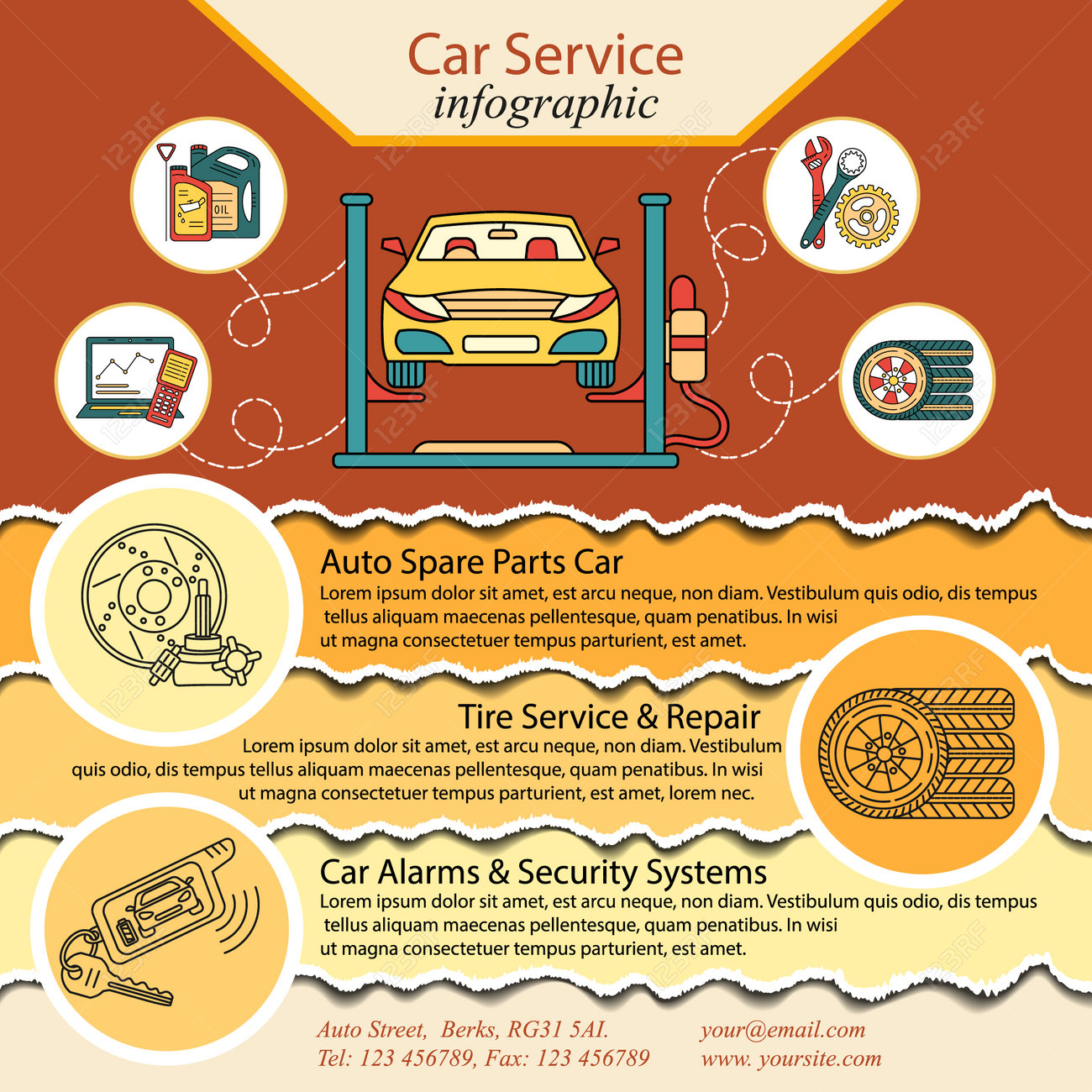Interpreting Your Car'S Alert Lighting: Their True Ramifications
Interpreting Your Car'S Alert Lighting: Their True Ramifications
Blog Article
Material Writer-Lim Winters
When you're behind the wheel, those radiant caution lights on your dashboard can be a little bit bewildering. Do you recognize what they're trying to inform you about your vehicle's health? Understanding the significance of these lights is crucial for your safety and the durability of your vehicle. So, the next time one of those lights turns up, wouldn't you want to analyze its message accurately and take the needed actions to resolve it?
Common Warning Lighting and Interpretations
Determine common warning lights in your cars and truck and understand their significances to guarantee risk-free driving.
The most normal warning lights consist of the check engine light, which indicates problems with the engine or exhausts system. If this light begins, it's vital to have your car checked quickly.
The oil stress cautioning light indicates low oil pressure, requiring immediate focus to avoid engine damage.
A blinking battery light could recommend a faulty charging system, possibly leaving you stranded if not dealt with.
The tire pressure tracking system (TPMS) light informs you to low tire pressure, affecting car security and fuel effectiveness. Neglecting this can result in harmful driving conditions.
The abdominal light indicates an issue with the anti-lock stopping system, jeopardizing your capacity to stop rapidly in emergency situations.
Last but not least, the coolant temperature level cautioning light warns of engine getting too hot, which can result in serious damage if not dealt with swiftly.
Recognizing these common caution lights will certainly help you resolve concerns quickly and maintain safe driving conditions.
Value of Prompt Interest
Comprehending the usual warning lights in your auto is only the very first step; the importance of immediately resolving these warnings can not be emphasized sufficient to guarantee your safety and security when driving.
When a warning light brightens on your control panel, it's your auto's method of communicating a possible issue that requires focus. Neglecting https://oilnearme51738.csublogs.com/38820681/remarkably-convenient-mobile-car-describing-services-not-just-conserve-you-time-and-money-but-also-improve-your-automobile-s-longevity-uncover-how-they-can-change-your-regular can cause more serious troubles in the future, compromising your security and possibly costing you extra out of commission.
Prompt interest to warning lights can stop break downs and accidents. As an example, a flashing check engine light can show a misfire that, if left unattended, could cause damage to the catalytic converter. Resolving this without delay can conserve you from an expensive repair.
In a similar way, a brake system alerting light might signify low brake liquid or used brake pads, crucial components for your safety when driving.
Do It Yourself Troubleshooting Tips
If you see a caution light on your dashboard, there are a couple of DIY troubleshooting ideas you can try prior to seeking professional assistance.
The very first step is to consult your vehicle's manual to comprehend what the specific warning light indicates. Sometimes the problem can be as easy as a loose gas cap causing the check engine light. Tightening the gas cap may deal with the trouble.
An additional usual problem is a low battery, which can cause numerous warning lights. Examining the battery links for rust and ensuring they're secure may repair the problem.
If a warning light persists, you can try resetting it by separating the cars and truck's battery for a couple of mins and after that reconnecting it. In addition, checking your lorry's fluid levels, such as oil, coolant, and brake liquid, can assist repair alerting lights connected to these systems.
Conclusion
To conclude, recognizing your cars and truck's warning lights is vital for maintaining your lorry running smoothly and safely. By promptly dealing with auto detail car wash and understanding what they suggest, you can stay clear of expensive repair services and potential malfunctions.
Bear in mind to consult your car's handbook for certain information on each cautioning light and act as necessary to make sure a trouble-free driving experience.
Keep notified, stay secure on the road!
